November 22, 2024 | 15:00 GMT +7
November 22, 2024 | 15:00 GMT +7
Hotline: 0913.378.918
November 22, 2024 | 15:00 GMT +7
Hotline: 0913.378.918
The Dakrong Nature Reserve, located in Dakrong district, Quang Tri province, was established by Decision No. 687/QĐ-UB on April 9, 2001, issued by the People’s Committee of Quang Tri province. The Reserve was set up and has been operating under challenging conditions: its headquarters is in a remote area with harsh climate conditions, limited infrastructure and communication facilities, and a rugged terrain that borders several districts in Quang Tri and Thua Thien - Hue.

Promoting forest and biodiversity protection efforts at Dakrong Nature Reserve. Photo: QT.
Over 20 years of dedication and hard work, the staff and workers of Dakrong Nature Reserve have faced and overcome many difficulties. With the unified effort of the collective and the tireless contribution of each individual, often accompanied by blood, sweat, and tears, these forests have been protected and have become a sanctuary for biodiversity. The Dakrong Nature Reserve is now emerging with a rich and diverse ecosystem and forest resources.
To date, the Reserve spans over 37,000 hectares, with natural forests covering over 32,000 hectares (accounting for more than 85%). This includes nearly 5,700 hectares of rich forest, over 12,000 hectares of medium forest, and more than 14,000 hectares of poor forest. Additionally, there are 8.6 hectares of regenerated forest, close to 2,900 hectares of planted forest (over 7.6%), and approximately 2,500 hectares of open land (over 6.6%).
The Reserve is home to a rich and diverse forest flora, comprising 1,576 species of vascular plants, from 735 genera and 162 families across five different plant divisions. This includes 182 endemic species of Vietnam, 57 endemic species of the Central region, and 288 rare, protected species listed in Vietnam's Redlist (2007), IUCN Redlist (2024), and Decree 84/2021/NĐ-CP.
Notable plant species include bamboo-leaf oak (Quercus bambusifolia Hance in Seem), Ceylon cherry (Prunus ceylanica (Wight) Miq), Yunnan lantern (Pellacalyx yunnanensis Hu), Hainan hopea (Hopea hainanensis Merr. & Chun), Hasselt's dipterocarp (Dipterocarpus hasseltii Blume), Brevi-branch dacryodes (Dacryodes breviracemosa Kalkm), Candolle persimmon (Diospyros candolleana Wight), tsoong (Tsoongia axillariflora Merr), and more.

Releasing wildlife to the nature. Photo: QT.
The Reserve's fauna is equally diverse, with 95 mammal species from 28 families and 10 orders, 201 bird species from 43 families and 15 orders, 32 reptile species from 13 families and 2 orders, and 17 amphibian species from 5 families and 1 order. Among the 345 terrestrial vertebrate species, 62 are listed in Vietnam’s Red Data Book and 52 in the global Red List. According to Vietnam’s Red Data Book, the Đakrông Nature Reserve has 62 species, with 3 in the CR (critically endangered) category, 20 in the EN (endangered) category, and 31 in the VU (vulnerable) category. As per IUCN (2024), 52 species have been recorded, with 3 in CR, 8 in EN, 18 in VU, and 10 in NT (near threatened), while Decree 84/2021/NĐ-CP lists 71 species, with 29 in Group IB and 42 in Group IIB.
The aquatic ecosystem includes 77 species of phytoplankton from 10 orders and 22 families, 28 species of aquatic plants from 4 orders and 20 families, 36 species of zooplankton from 4 orders and 12 families, and 31 species of mollusks from 4 orders and 14 families, as well as 58 species of aquatic insects from 8 orders and 36 families. Additionally, the Reserve hosts 3 families and 69 termite species, as well as 9 families and 210 butterfly species.
The Dakrong Nature Reserve is also recognized as one of the areas with valuable landscapes for eco-tourism, leisure, and forest exploration.
Surveys have identified various streams such as Khe Lang An, Khe Ve, Khe Ba Long, Khe Thu Lu, Ba Giang, Nhung river, Acho stream, Khe Ba Le, Tru stream, and ApaCha stream. These features play an important role in balancing the ecosystem in the special-use forest, creating beautiful waterfalls like Do Quyen 1, Do Quyen 2, and ApaCha, as well as scenic caves like Doi Cave, Son Thuy Cave, and Nuoc Cave.

Removing traps for wildlife. Photo: QT.
Visitors to the Reserve can explore these spectacular landscapes while experiencing the cultural life and traditions of the Bru Van Kieu and Pa Ko ethnic groups in the buffer zone villages.
In recent years, the Dakrong Nature Reserve Management Board has also made community-centered conservation a priority to preserve the forest and biodiversity. The Management Board has implemented effective benefit-sharing activities with communities, households, and individuals in the buffer zone through measures such as contracting forest protection, planting, and maintaining special-use forests, and supporting buffer zone livelihoods using central and provincial funds and revenue from environmental services. The Board has called for both domestic and international projects to raise public awareness of forest protection, biodiversity conservation, and sustainable livelihoods, ensuring no adverse impacts on the forest resources of the Dakrong Nature Reserve.
According to Decision No. 1737/QĐ-TTg dated December 29, 2023, of the Prime Minister approving the Quang Tri province master Plan for 2021-2030 with a vision to 2050, and Decision No. 895/QĐ-TTg approving the National Forestry Plan for 2021-2030 with a vision to 2050, the Dakrong Nature Reserve is scheduled for reclassification to a National Park by 2030.

The Dakrong Nature Reserve, with its rich biodiversity and stunning landscapes, and eco-tourism development. Photo: QT.
Considering the criteria set out in Clause 1, Article 6 of Decree No. 156/2018/NĐ-CP dated November 16, 2018, on the implementation of certain provisions of the Law on Forestry, the Dakrong Nature Reserve has indeed reached the standards to qualify as a National Park.
It is time to develop a proposal to upgrade the Dakrong Nature Reserve to Dakrong National Park, elevating its status to protect and enhance its biodiversity values and eco-tourism potential, promote environmental education, and strengthen community awareness of ecosystem values, conservation, security, and defense in the area.
Translated by Kieu Chi
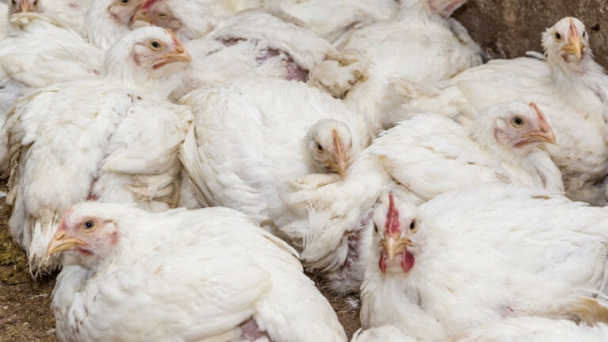
(VAN) EU Poultry, a Slovak poultry processor owned by Ukrainian businessman Dmytro Borodavka, has rolled out plans to invest almost €50 million into capacity expansion in the country.
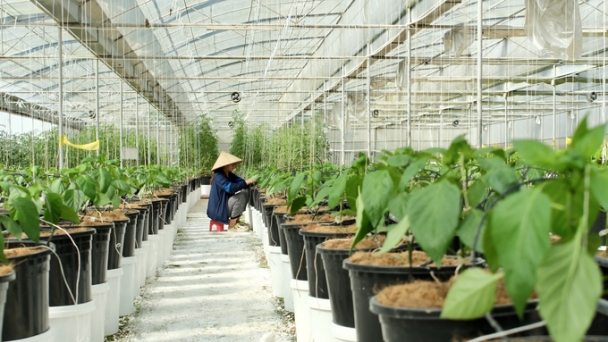
(VAN) Farmers in Moc Chau are capable of high-tech agricultural production. Therefore, any support for investing in net houses and greenhouses should be carried out on a large scale.
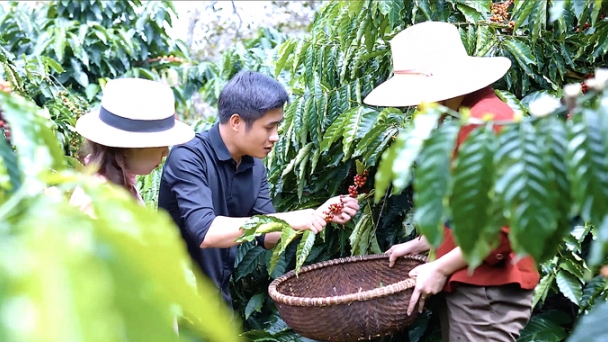
(VAN) "Our goal is to collaborate with farmers in cultivating organic coffee and delivering high-quality products with a distinct flavor to our customers."
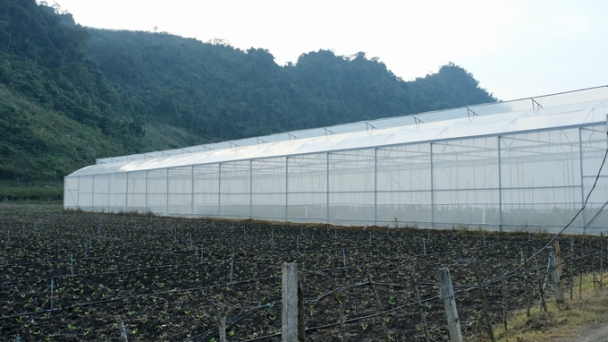
(VAN) The formation of a concentrated vegetable production area offers significant benefits, including reducing import of certain vegetables from China.
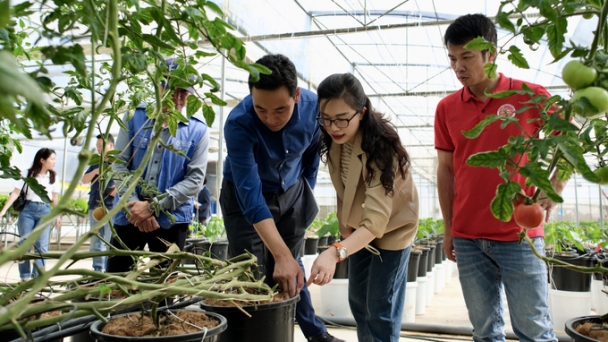
(VAN) A key feature of these models is the use of Nutrient Film Technique (NFT) recirculating irrigation technology, which is fully automated.
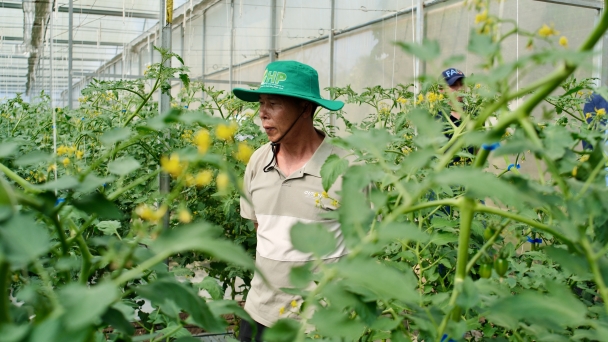
(VAN) At 53 years old, Mr. Ha Van Tien is determined to develop standardized greenhouses to supply organic vegetables and fruits for the clean agricultural products market.
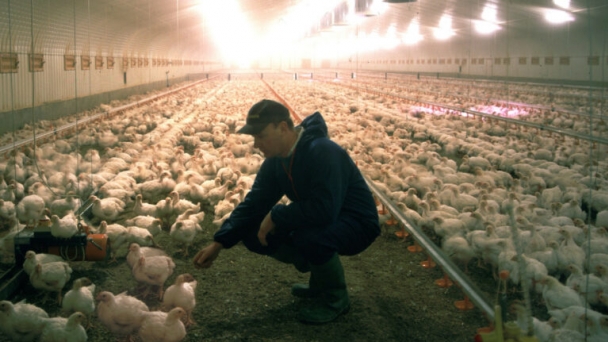
(VAN) Feed isn’t just fuel for poultry; it’s the foundation of health and growth. Accounting for up to 70% of production costs, feed quality directly impacts gut health, nutrient absorption, and feed efficiency.